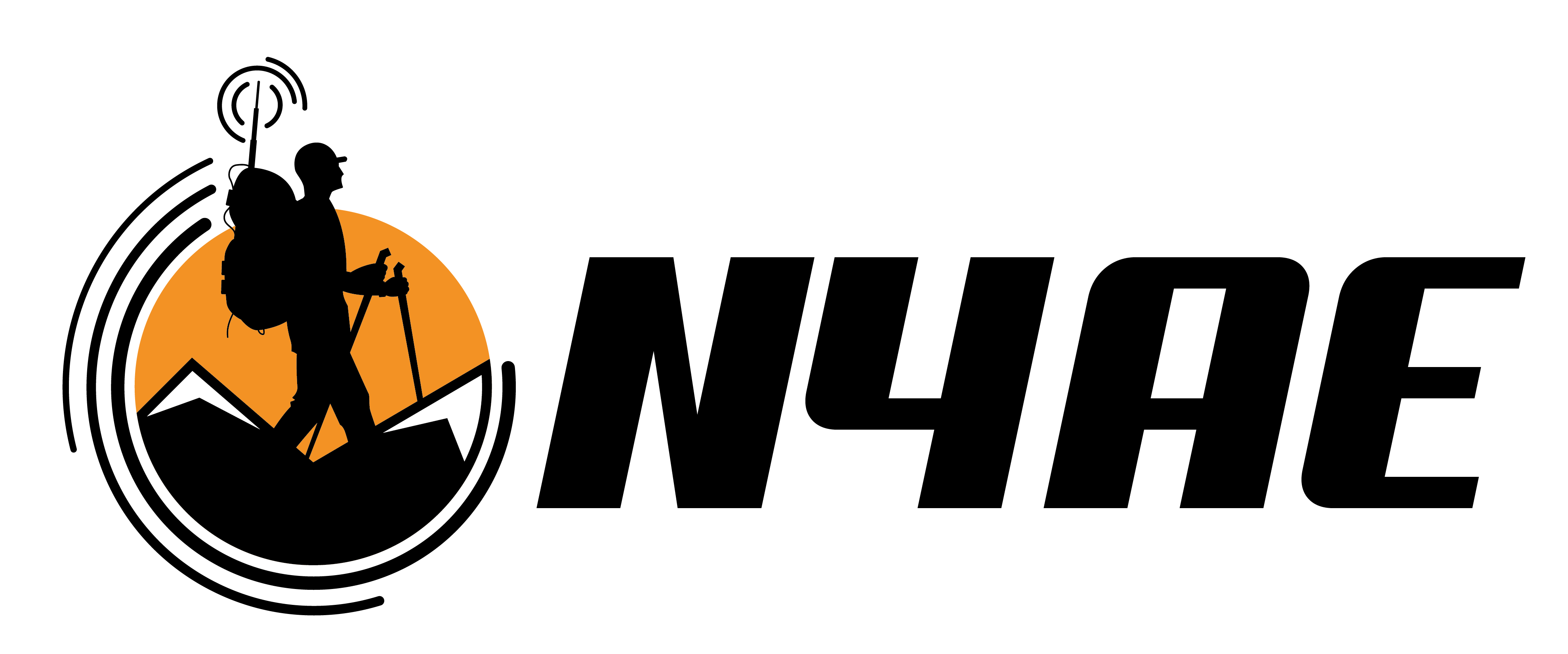Critical Frequency and MUF
This article is the second in a series on Portable NVIS Communication. This series focuses on short-haul communication during a disaster.
Introduction
There are Three Keys to NVIS Communication:
- Critical Frequency (foF2)
- Maximum Usable Frequency (MUF)
- Frequency of Optimum Traffic
This article provides greater detail about the first two, foF2 and MUF.
Most Amateurs associate these terms with long distance HF communication, such as DX contesting. In a disaster, it helps to know how these two frequencies work to cover short distance circuits.
Critical Frequency (foF2)
Most of us have experience with the surface tension of water.
If you place something light enough on the surface, like a small spider, it will “stand” on the surface. Place something heavier, like a pebble, and it will break the surface and sink.
Radio signals behave the same way on the atmosphere.
Aimed straight up, signals below a specific frequency will bounce off the atmosphere and back to Earth. Above this frequency, they will break the surface of the atmosphere and head into space.
We call this frequency the critical frequency, or foF2 (the frequency of the F2 layer).
Maximum Usable Frequency
The International Telecommunication Union defines MUF as the highest frequency that would permit acceptable performance of a radio circuit between two stations at a give time.
In more simple terms, MUF allows two stations to communicate with each other at least 50% of the days in a month. In practice, stations operate lower than MUF. The lower operating frequency assures reliable communication at least 90% of the days in a month. I will discuss operating frequency in a later article.
Obtaining Real Time foF2 and MUF
Researchers study the atmosphere and publish real-time information that includes foF2 and MUF. They call these charts ionograms.
You can get real-time ionograms from the Center for Atmospheric Research. Their Digital Ionogram Database serves data from monitoring stations around the world.
- Log into the Digital Ionogram Database Station List
- Find the closest station to your location and click on the station ID
- Select the current year
- Select the current month
- Select the current day
- Scroll down to the last observation and click that link
In my case, I use station AL945 in Alpena, Michigan. It is closest to where I live.
DIDBase will serve up a graphic that looks something like this one.

On the left side of the graphic, you will see several data points. The data at the top labeled foF2 is the critical frequency during that observation: 5.475 MHz.
This is approximately the highest frequency we can use for NVIS communication.
A little farther down, in the second group, is MUF(D). This is the Maximum Usable Frequency for the D-Layer. During this specific observation, MUF was 17.25 MHz.
It is the highest frequency that would permit communication between two stations 3,000 km apart. A traditional DX value.
The Most Important Chart for Disaster Communication
The most useful data on the DIDBase chart is at the bottom. It tells us the MUF based on the distance between stations.
In fact, this is the one chart every Ham Radio Operator should check before deploying into a disaster.

For communication of 1,000 km, the Alpena observation predicts reliable communication below 8.4 MHz. The closest Amateur Band is the 40 Meter band.
Since NVIS works best within 200 km, data predicts reliable communication below 6.2 MHz. If we looked at no other report, two Amateur stations can communicate on 60 Meters at least 50% of the days in a month. They might get away with using a frequency in the 80 Meter band, but communication may not be as reliable.
Why This is Important to Ham Radio Operators
Most Amateurs do not use HF at short-distances between 50 and 200 miles. Disaster communication, on the other hand, exists in this space. Understanding how to use foF2 and MUF, Amateurs can bridge the gap when stations are too far apart for repeaters by too close for traditional HF operation.



















